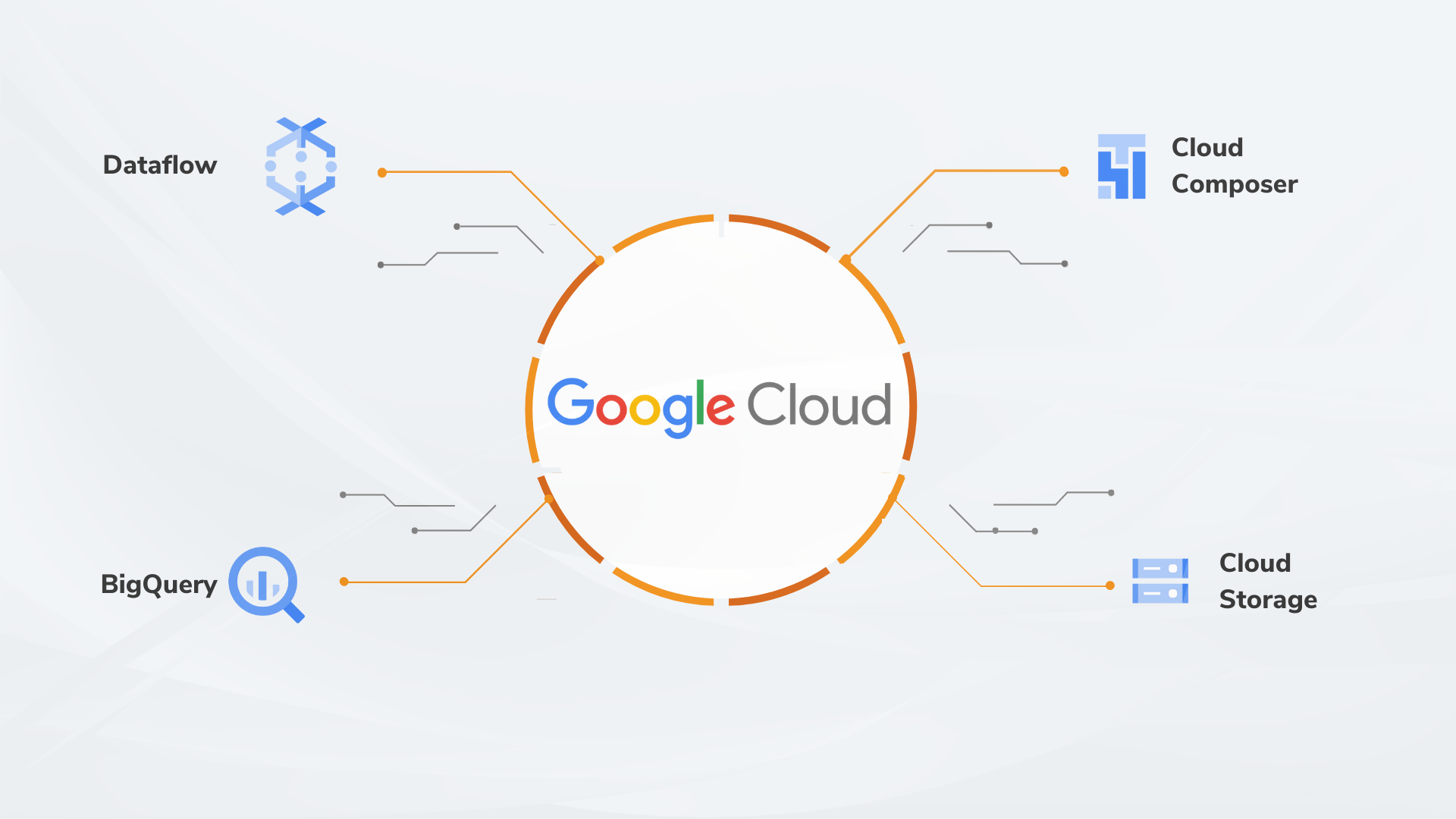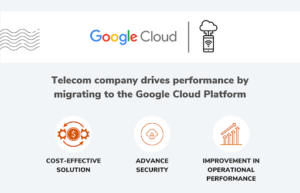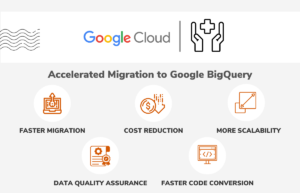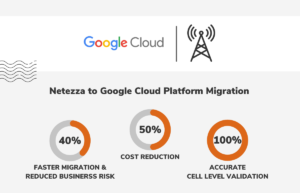Objective: Retire Legacy Data Warehouse by Moving to the GCP to Enhance Operational Performance
Datametica’s customer, a manufacturer and retailer of products across multiple categories, sought to modernize their legacy data warehouse, Teradata. To achieve this, they planned to employ Google Cloud Platform, along with BigQuery, Cloud Composer, and Dataflow.
The aim of this initiative was to:
- Modernize legacy on-prem Teradata Data warehouse to Google Cloud Platform.
- Convert all the Teradata workloads (DDLs, UDFs, BTEQs, etc.) to the Google Cloud Platform – BigQuery.
- Convert the existing Informatica ETL workflows and mapping to GCP native technologies.
- Boost operational performance and achieve scalability.
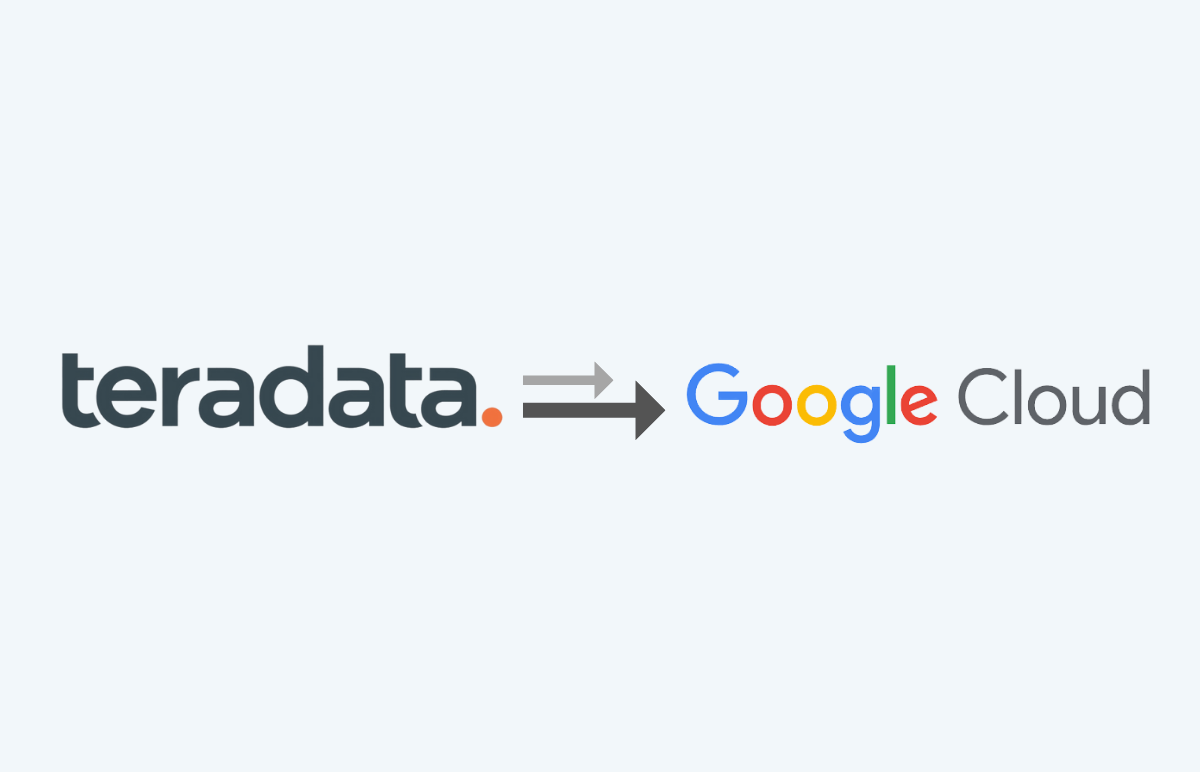
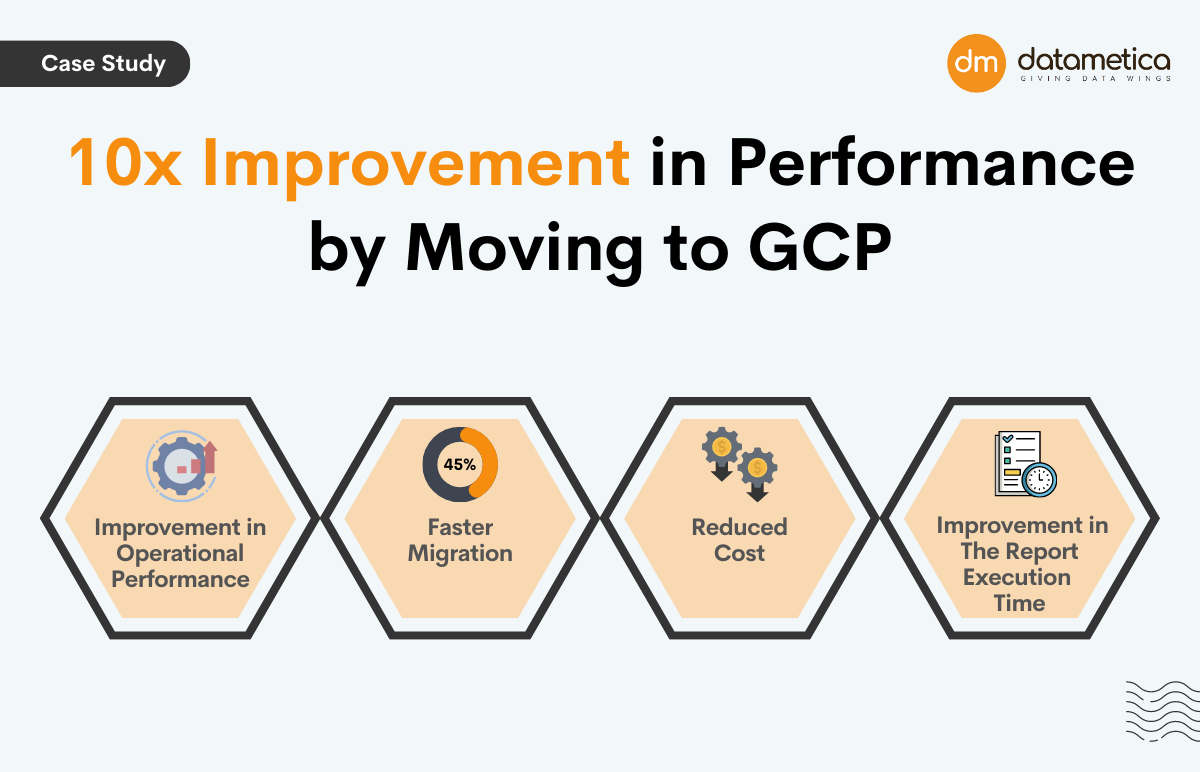
Challenges: Performance and Time-Related Issues
The client had low performance while running data on on-premises Teradata and Informatica ETL. To address this and improve their cost management, analytical reporting, and build real-time use cases, the client decided to leverage GCP native technologies.
Solutions: Design GCP Future State Architecture
- Used Eagle for Assessment, Raven for Code Conversion and Pelican for data validation
- To meet strategic Infrastructure needs of the client we created a new Architecture & GCP foundation implementation from scratch
- Designed and Implemented Core Foundation Components
- Org Hierarchy, VPC, Firewalls and Routing, DNS, Interconnect, Security Command Center Standard, IAM, Cloud Identity integration, VPC Service Control, Cloud Operations and Billing Management.
- Designed and Implemented Application Specific components
- Composer, Dataflow, BigQuery, Compute Engine, Cloud Build, Cloud Source Repositories and Secret Manager
- Implemented IAC (Infrastructure as Code) using Terraform and Google Terraform Modules.
- Built Infrastructure automation using GCP Cloud Build and Terraform.
Client Benefits: Faster Cloud Migration, Optimized Performance, and Time with Unlocked Futuristic Capabilities
- 90% reduction in cube refresh time
- 45% faster migration to the cloud than traditional methods
- 40% saving in Infrastructure costs and reduced associated business risks.
- 100% accurate validation of historical and incremental data
DM Product Used
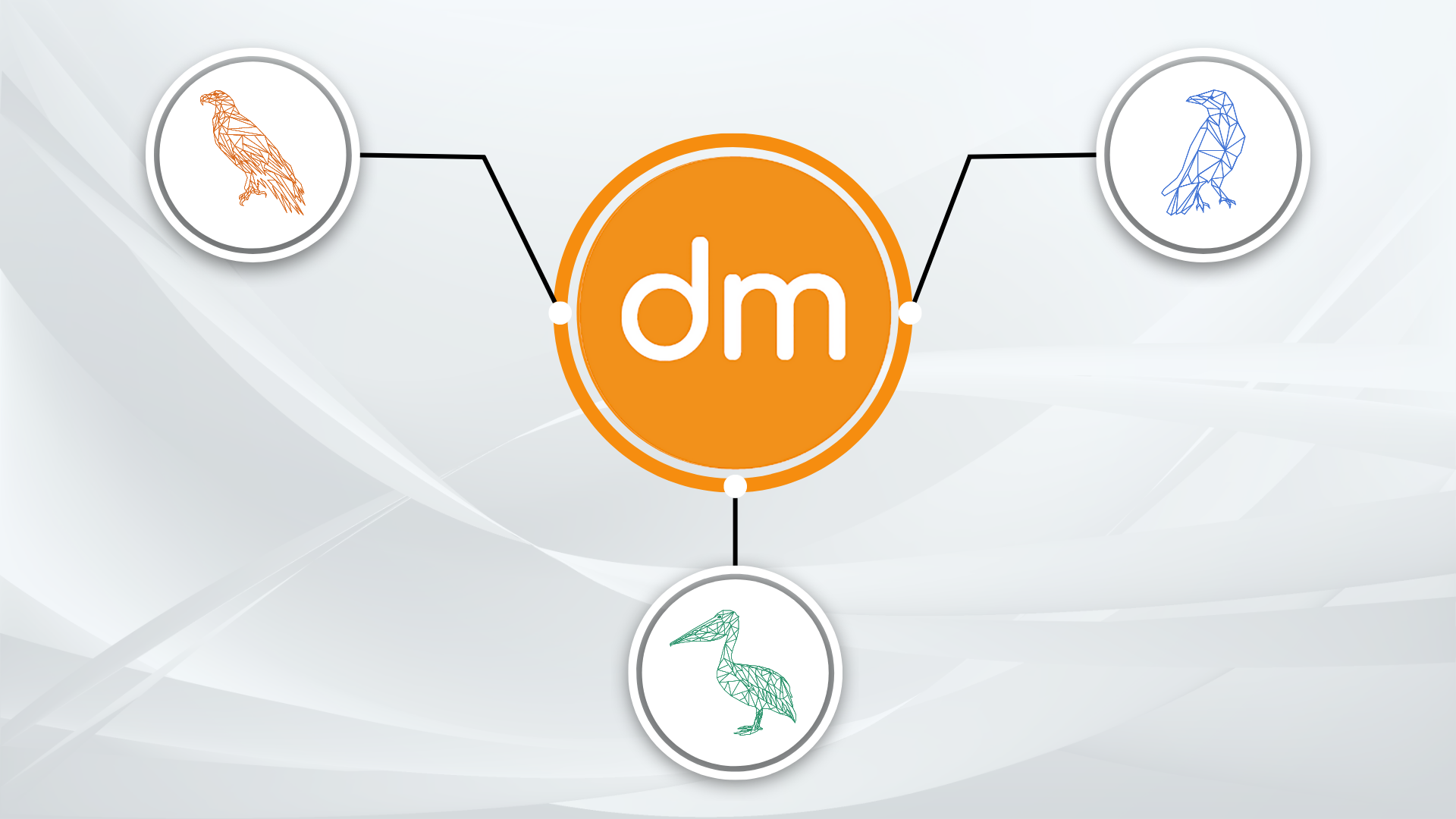
GCP Product Used
